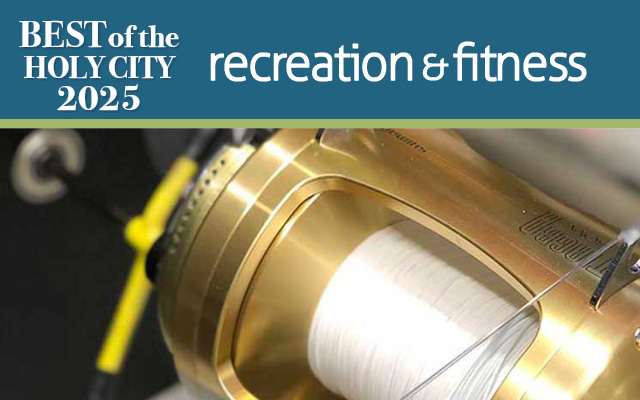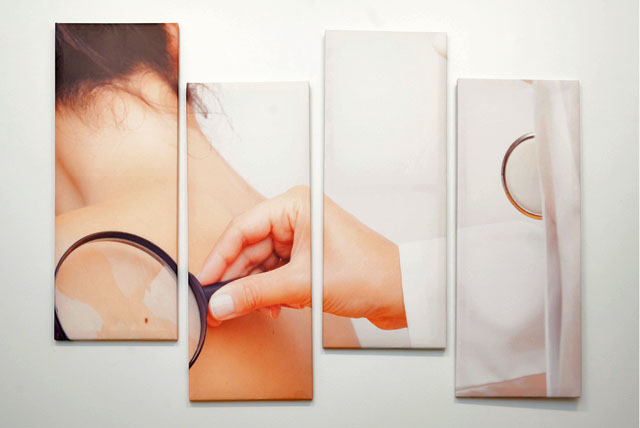Infinite Avenues for an Improved You
04 Mar 2016
Cosmetic surgery procedures have increased significantly in recent years, due to new technology with non-invasive procedures and much shorter recovery times
By SYBIL FIX

If you haven’t stopped to notice all the things that are morphing in your body as you age — and most likely, in this culture, you have — visit the website of prominent plastic surgeons in town and you will find menus for nearly every body part that you had not even realized is drooping or bulging or otherwise behaving in a less-than-proper way.
The good news is that there are increasingly more and easier ways of fixing it all, in many cases with non-invasive or minimally invasive procedures, and the ease of the treatments and the shorter recovery times are making cosmetic surgery ever-popular — nearly mundane even —luring by the thousands those seeking a better physical self.
“It’s more accessible, in some cases more affordable, but mostly it’s the shorter recovery times that fit people’s lifestyle,” said plastic surgeon Dr. Rodney Young, principal of Palmetto Plastic Surgery and a faculty member at the Medical University of South Carolina. “Often the decision to have surgery or not is just the recovery time ... and, for some people, having to face the public.”
Or course, revealing that one has sought help to improve one’s appearance is a matter of personal choice. Some people tell the world; others are very reserved. Regardless, technology is helping make the question moot by offering procedures that are less invasive, quicker, and quicker to recover from.
“It’s really, really exciting that we can do so much non-invasively,” said Michele Hensel, manager of Lowcountry Plastic Surgery in Mount Pleasant, where her husband, Dr. Jack Hensel, is the plastic surgeon. She also owns Lowcountry Beauty and Wellness Spa.
Besides, she said, a year ago at bridal shows and other fairs people would see a cosmetic surgery booth and turn the other way. “Now people stop and come over,” she said. “It’s not as taboo as it was.”
If numbers are any indication, it’s certainly true. According to the American Society of Plastic Surgeons, the number of cosmetic procedures went up by more than 100 percent between 2000 and 2014, with minimally invasive procedures accounting for the great majority of the increase, and is steadily increasing by about 4 percent a year. Nearly $13 billion was spent in the United States on cosmetic procedures in 2014.
Perhaps the most remarkable growth is among men: Between 2000 and 2014 minimally invasive procedures among men went up 67 percent, and 23 percent overall (including surgical procedures).
“We have seen an 84 percent increase in men and Botox ... There is a tremendous increase in men coming in for all sorts of procedures,” said Hensel. The growth has been so steady at Lowcountry Plastic Surgery that the Hensels decided to open The Manor, a separate clinic for men with a separate entrance and waiting area to put male patients more at ease.
In general, the most popular cosmetic surgeries on the body remain breast augmentation, tummy tucks and liposuction for women and breast reduction for men. Those procedures continue to have revolutionary impacts on people, particularly breast reductions for men, which went up nationally by 14 percent in a single year.
At the heart of tummy tucks and liposuction and other procedures involving the elimination of fat, the biggest shift is new and increasingly better technology for killing fat cells through freezing, heat, or laser, said Young. Through new techniques such as SculptSure — the newest, using heat, said Young — Cool Sculpting and SmartLipo, people can target trouble spots such as the belly or thighs and permanently get rid of burdensome amounts of fat without any kind of invasion to the body, in the shortest amounts of time and no need for recovery.
Those procedures improve all of the parts you cannot seem to improve through diet and exercise — the ones to which we give affectionate names such as love handles and muffin tops, saddlebags and jowls.
“Technology is really driving those procedures,” said Young — and, in fact, liposuction overall increased by 5 percent nationally, more than nearly any other procedure.
New fat collection, processing, purifying and injection methods have also made the reuse of fat cells as filler in both the body and the face more reliable and consistent, said Young, facilitating the improvement of reconstructive surgery techniques and cosmetic procedures such as the Brazilian Butt Lift, which, for example, can now be done without implants and has become immensely popular. The reuse of fat in the face has also improved dramatically because of better fat stabilization and purification methods.
Young said his three top procedures remain eye lid surgery, breast augmentation and liposuction, each of which have increased by more than 5 percent a year over the past 5 years, limited only by the number of hours in the day and the amount of work he can do.
In addition to those popular procedures, there are thigh lifts to remove excess fat and skin from our thighs, and vein treatments to make our legs look like they once did; there is Cellulaze, a new treatment for cellulite, and of course, treatments for the neck.
While some may roll their eyes at the vanity that threads through some, for many, Hensel said, it’s a matter of quality of life. People who have lost enormous amounts of weight are weighed down by skin they cannot manage; many people who seek out breast reduction live with back pain. Besides, there are important motivators in vanity and feeling good about one’s self.
“There are people who have been bothered by one thing all of their lives, and all of a sudden it can be fixed and they have the confidence to shine or to get the job they wanted. It enhances their whole appearance and has impact on their whole lives,” she said.
Many of the treatments, Hensel said, are not about changing a person, but simply about sculpting or refining the beauty that is already there. “It is enhancing your own beauty, to help you fit into a top better ... or to redefine the face, which changes with time,” she said.
In the field of facial rejuvenation procedures, which saw the greatest overall increase in 2014 — with 6.7 million Botox treatments alone! — the newest minimally invasive treatments, and one specifically called microneedling, use collagen induction therapy to stimulate the production of collagen and elastin by puncturing the skin with needles. There are also treatments that inject platelet-rich plasma collected from your blood to induce collagen production and address wrinkles and lost volume in the cheeks.
Collagen-induction therapy is simply revolutionary, said Hensel.
“It’s just amazing,” she said.
The other big thing in facial work is a liquid face lift, which combines Botox and muscle-relaxing agents and fillers to reshape the face that has lost it sharpness to time. “We can create an appearance as if you had a face lift ... but very natural,” Hensel said. A liquid face lift costs much less than a surgical face lift and does not require the burdensome downtime.
Also there is Venus Freeze, a procedure that uses radio frequency and magnets to tighten the skin, both of the face and the body, Hensel said, and Kybella to eliminate the double-chin and help tighten the neck area, and the list goes on and on.
Of course, eye lid surgery, laser hair removal and tattoo removal remain very popular as well, and brachioplasty, the coveted arm lift.
“It all depends on what bothers the person. We have people who say, ‘I haven’t worn shorts for ten years’ because they didn’t like their thighs, or who haven’t worn a sleeveless shirt for ten years .... It’s about self-consciousness,” Hensel said. “Unfortunately we live in a society that judges.”
A Balanced Approach
Once more concerned with medical issues, Dermatology now offers a wide range of cosmetic options. In fact, the health and beauty aspects of the specialty actually overlap, according to Dr. McLean Sheperd, of Sheperd Integrative Dermatoloy in Mount Pleasant.
Sheperd, who has been practicing medicine since 2000, pointed out that healthy skin generally signals a healthy person.
“The things you do to protect yourself from cancer make you look better, with fewer wrinkles, for example,” said Sheperd, who earned her bachelor’s at the University of Virginia and graduated as the valedictorian of her class at the Medical University of South Carolina. “There is a need for a balanced approach to treating skin. We’re seeing a rise in emphasizing nutrition and changing behavioral norms.”
Sheperd provides an array of medical treatments, for conditions ranging from skin cancer to psoriasis and acne and cosmetic treatments such as Botox, micro-peels and facials, both for women and men. Integrative wellness options include life coaching, yoga therapy and acupuncture. The practice also carries vitamins and minerals, including grape seed extract, that help enhance skin health.
Sheperd pointed out that attitude also has a lot to do with overall health. For example, she said studies have shown that Botox treatments affect a person’s mood, reducing anxiety and depression.
“Maybe it’s looking in the mirror and getting that visual feedback,” she mused.
A native of Greenville, Sheperd said she decided to go into the medical field after reading John Irving’s “Cider House Rules” while she was in college. Her choice of Dermatology was an easy one.
“It just clicked,” she said. “I was attracted by the visual part. I interact with the world through my eyes.”
Her artistic talent reaches beyond the world of medicine. The walls of her new office at 912 Old Georgetown Road in Mount Pleasant are decorated with her artwork. ―BRIAN SHERMAN











